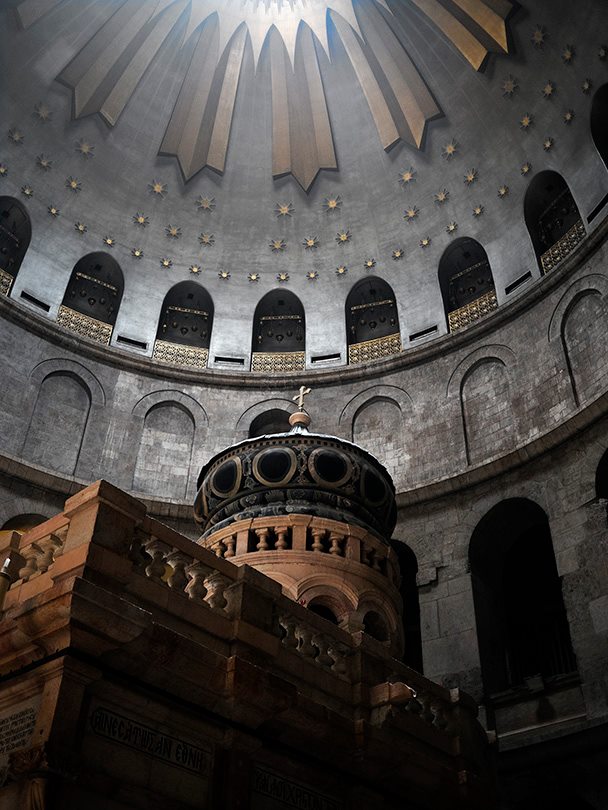Faculty Spotlight: Dr. Michael Mirabito
Mirabito captured this photograph of the Holy Seuplchre Jerusalem during his trip. Photo courtesy of Dr. Michael Mirabito
January 10, 2018
Dr. Michael Mirabito, professor and chair of the Communication Arts department, traveled to Israel last summer to attend an international seminar for educators.
The seminar took place over the course of 19 days and was designed for educators whose research interests are “in Holocaust studies and related fields,” according to a Marywood news article.
Mirabito said the trip provided an in-depth look at the Holocaust, specifically focusing on how to teach the Holocaust in a class. On the trip, Mirabito was privy to a review of media collections, movies, documentaries and original footage regarding the Holocaust.
“It was an amazing experience,” said Mirabito. “I’ve met survivors in Scranton and visited the Holocaust center here, but meeting survivors in Israel is a whole different experience.”
Mirabito visited various museums and exhibits while abroad including Yad Vashem, which is the World Holocaust Remembrance Center. His favorite location was called the Hall of Names, a circular-shaped exhibit consisting of written records and testimonies of family members, friends and survivors of the genocide. Mirabito said he felt this exhibit was the most profound.
“I really got a sense of the enormity of the crime. The goal is to memorialize all who were involved in the Holocaust, those who survived and those who were killed,” he said.
Mirabito got permission to photograph the exhibit and at one point, he was completely alone in the Hall of Names.
“No one was there. It was amazing. I couldn’t help but think about the people photographed and incorporated into the exhibit and who they could’ve been,” he said.
Mirabito knows the importance of photography, as does Assistant Professor of Art Sam Olfano, who said he believes photography is a way of revealing some kind of truth.
“Photography was a means of getting knowledge of things you couldn’t witness firsthand,” Olfano said. “In this case, the photographs aren’t of these historical events, but it evokes through connection with what remains to that historical event. It serves as a reminder and a verifier.”
Olfano connected this situation to other works, specifically works of Brazilian photojournalist Sebastião Salgado.
“Children would follow him [Salgado] so he would take their photo,” said Olfano, who noted that children would often recognize themselves through Salgado’s images.
Olfano said he found this story to be similar in the case of the Holocaust.
“You have people that can’t speak for themselves, and it can be shown through a photograph,” he said.
In addition, Mirabito said he felt as though he got to know some of the people who were in the photographs he saw during his trip.
“It’s something that’s just important to me. It moves me, I guess. I think trying to get the word out to prevent something like [the Holocaust] is a goal of mine,” Mirabito said.
Contact the writer: [email protected]
Twitter: @KOMearaTWW





